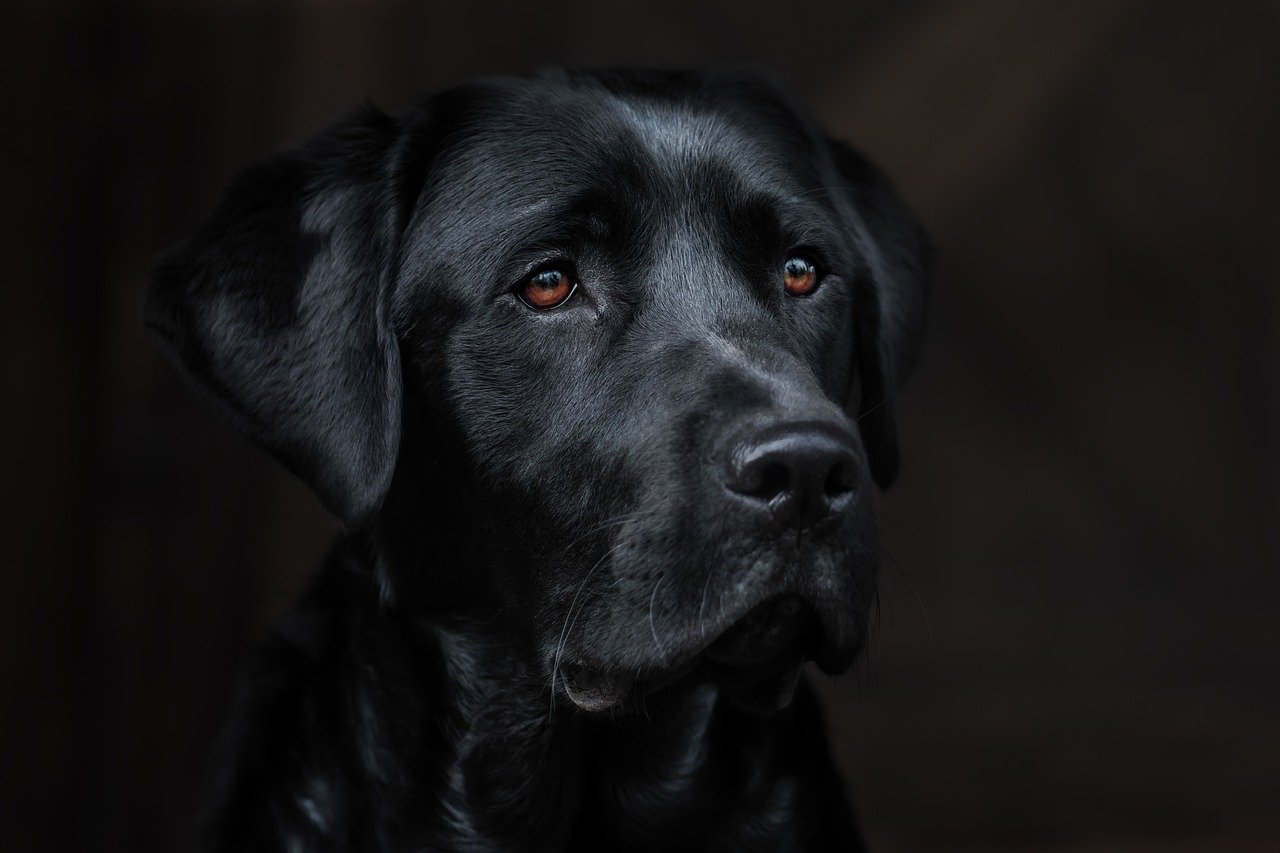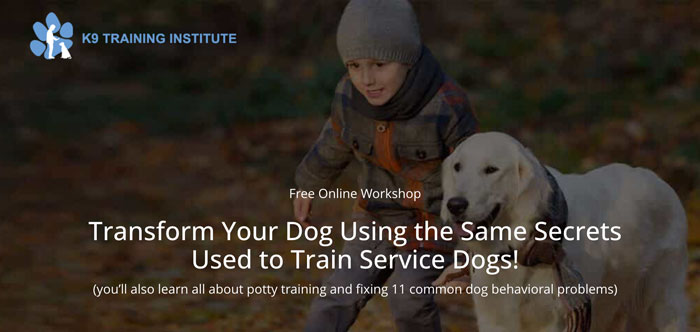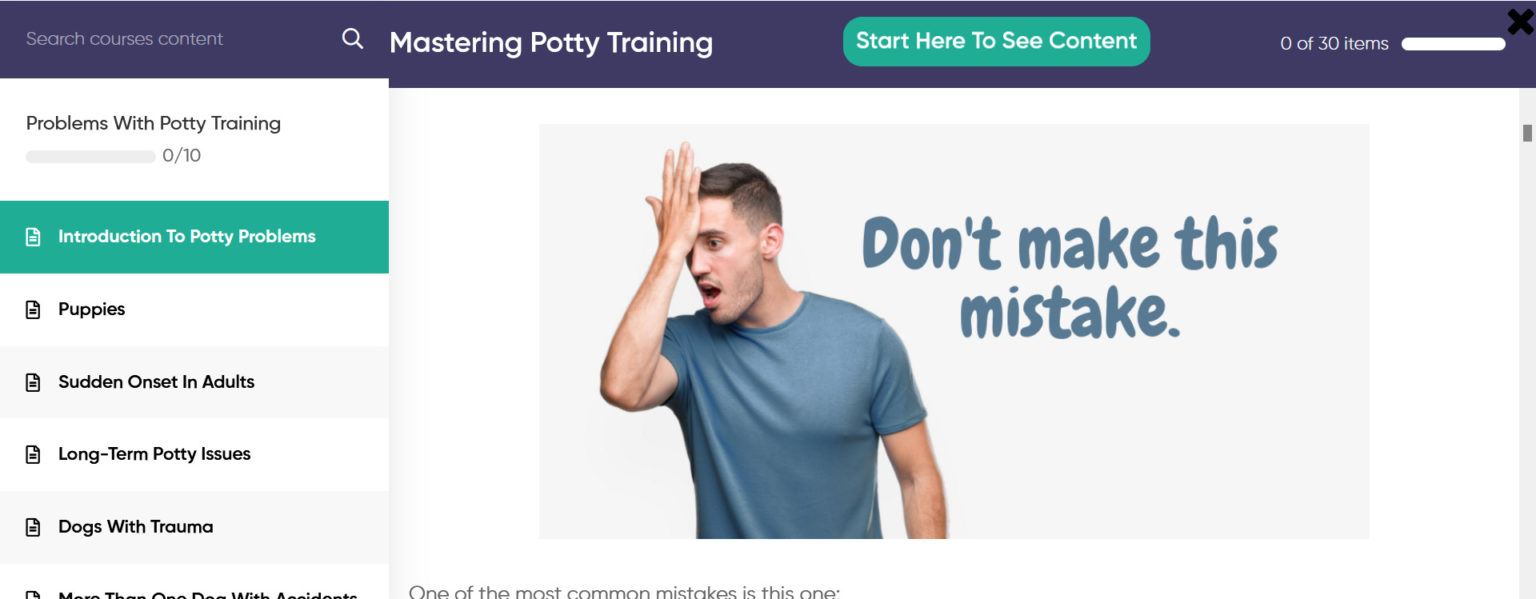 iHeartDogs is reader supported, so some of the links below may include affiliate links where we are paid a commission at no additional cost to you.
iHeartDogs is reader supported, so some of the links below may include affiliate links where we are paid a commission at no additional cost to you.
Labrador Retrievers are one of the most popular dog breeds in the world, beloved for their friendly temperament and high energy levels. However, like all dogs, Labs require potty training to establish good habits and avoid accidents in the house. Potty training in a Lab can be a challenge, but with patience, consistency, and positive reinforcement techniques, it’s possible to quickly establish good habits and prevent accidents. In this article, we will explore seven secrets to quickly potty training a Lab, helping you establish a strong foundation for your furry friend’s lifelong success.
Note: While the tips below should be very helpful for potty training your Lab, you may consider seeking the help of a professional online dog training course such as SpiritDog or K9 Training Institute, two of our favorite training resources for potty training.
1. Start Potty Training Your Lab Early and Be Consistent
The sooner you begin potty training your Lab, the better. Puppies can start learning as early as eight weeks old, and it’s easier for them to pick up good habits at this young age. Consistency is also crucial. Choose a designated potty spot outdoors and always bring your Lab to that same area. Stick to a routine, and take them out frequently, especially after meals, naps, and playtime. Your dog will associate the spot with going potty, and the consistent schedule will help reinforce the behavior.
2. Give Your Lab Positive Reinforcement
Positive reinforcement is an effective training method that rewards good behavior instead of punishing bad behavior. When your Lab successfully goes potty outside, offer praise, treats, or playtime as a reward. This will help your dog associate going to the bathroom outside with positive experiences, making them more likely to repeat the behavior. Make sure to reward them immediately after they finish, as dogs have a short memory and may not connect the reward with the action if there’s a delay.
3. Monitor Your Lab’s Behavior
Pay attention to your Lab’s body language and habits, as they can give you clues when they need to go. Common signs include sniffing, circling, whining, or scratching at the door. If you notice any of these behaviors, take your dog outside immediately. In time, you’ll be able to anticipate your dog’s needs, preventing accidents before they happen.
RELATED: Need to potty train your Lab quickly? Try this affordable online course
4. Confine Your Lab to a Small Area
When you’re not able to supervise your Lab, confine them to a small, designated area or crate. Dogs are naturally clean animals and don’t like to soil their living space. By limiting their space, you encourage them to hold it until they can go outside. Make sure the crate is large enough for your dog to stand, turn around, and lie down comfortably, but not so large that they can eliminate in one corner and sleep in another.
5. Gradually Increase Your Lab’s Freedom
As your Lab becomes more reliable in their potty training, you can gradually increase their freedom in the house. Start by allowing them access to one additional room, and monitor their behavior closely. If they continue to have accidents, return to the smaller confinement area and try again later. Gradually expanding their space will help them learn to hold it until they’re outside, even when they’re not in a confined area.
6. Try Using Potty Bells
Potty bells can be a useful tool to let your Lab know they are ready to be taken outside to the bathroom. Teach your Lab to ring the bell with their paw or nose before exiting the door that leads to their potty area. There are many types of potty bells available on Amazon, such as this:
7. Be Patient with Your Lab and Stay Positive
Potty training can be a frustrating process, but it’s essential to stay patient and maintain a positive attitude. Dogs can sense your emotions, and if you’re stressed or angry, it can hinder their progress. Remember that accidents will happen, but don’t punish your Lab for them. Instead, clean up the mess thoroughly to remove any lingering odors that may encourage your dog to eliminate in the same spot again. If you find yourself getting frustrated, take a step back and remind yourself that consistency, patience, and positivity are key.
8. Try an Online Dog Potty Training Course
If you’ve tried everything and your Lab is still having accidents or showing no progress, it may be time to consult a professional dog trainer.
Our 2 favorite online courses are:
1. SpiritDog’s “Mastering Potty Training” Course
This affordable course uses science based and “fear free” tactics to potty train your Lab quickly. You’re allowed to ask the trainer unlimited questions and it comes with a 60 day money back guarantee.
2. K9 Training Institute’s “Dog Masterclass”
More than just a potty training course, this more comprehensive training course tackles any behavior problem you might face with your dog.
Related: K9 Training Institute Online Dog Training Review
Frequently Asked Questions About Housebreaking a Lab
How do I know when my Lab needs to go potty?
Labs, like other breeds, often show signs that they need to go potty. Common signs include sniffing around, circling, and whining. As your Lab becomes more accustomed to your routine, they may also learn to communicate their need to go outside through body language or vocal cues.
At what age should I begin potty training a Lab puppy?
Potty training a Lab puppy should begin between 8 and 12 weeks of age. At this age, they have more control over their bladder and bowels, and are better able to associate going potty with a specific location outside.
How can I potty train an adult Lab?
Potty training an adult Lab follows the same principles as training a puppy but may take longer due to established habits. Consistency is key, and it’s important to establish a routine, supervise closely, and use positive reinforcement techniques to reward successful potty trips outside.
How long does it take to potty train a Lab puppy?
The time it takes to potty train a Lab puppy varies depending on the individual dog and the consistency of training. Generally, it can take anywhere from a few weeks to several months to establish consistent potty habits.
How often should I take my Lab outside for potty breaks?
Labs, like other puppies, should be taken outside every 2-3 hours, as well as after meals, playtime, and naps. As they get older and develop better bladder control, the frequency of potty breaks can be gradually reduced.
How should I potty train my Lab in an apartment if I don’t have a yard?
Potty training a Lab in an apartment without a yard requires some adaptation of the training approach. Consider using puppy pads or a designated indoor potty area, as well as taking frequent walks outside to establish a routine and provide opportunities for potty breaks. Consistency and positive reinforcement are key to successfully potty training a Lab in these situations.
What’s the best online training course to potty train a Lab?
Our 2 favorite online courses are:
1. SpiritDog’s “Mastering Potty Training” Course
This affordable course uses science-based and “fear free” tactics to potty train your Lab quickly. You’re allowed to ask the trainer unlimited questions and it comes with a 60 day money back guarantee.
2. K9 Training Institute’s “Dog Masterclass”
More than just a potty training course, this more comprehensive training course tackles any behavior problem you might face with your dog.

In conclusion, potty training a Lab requires patience, consistency, and positive reinforcement. By following the seven secrets outlined in this article, you can quickly establish good potty training habits for your furry friend, avoiding accidents in the house and setting them up for success in the long run. Remember to be patient with your pup, and always praise and reward good behavior to encourage continued success. With time and effort, you’ll have a potty-trained Lab that is well-behaved, happy, and ready to enjoy life by your side.


 Toledo, United States.
Toledo, United States.